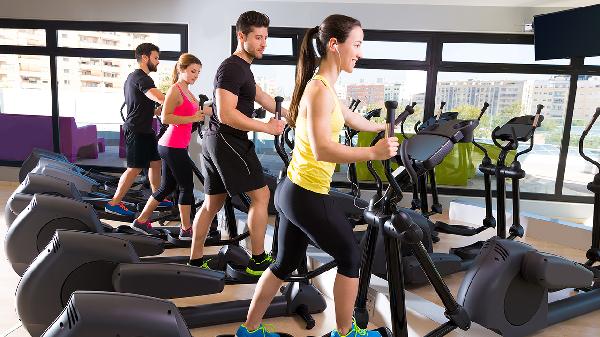Sit-ups have been the poster child of core exercises for decades, but let’s be real—they’re not always the golden ticket to a strong midsection. While they can be effective when done correctly, they also come with a reputation for straining necks, tweaking backs, and sometimes doing more harm than good. So, are sit-ups worth the hype, or should we ditch them for smarter alternatives? Let’s break it down.
The Anatomy of a Sit-Up: What’s Really Working?
First things first: sit-ups aren’t just about the abs. Sure, your rectus abdominis (the "six-pack" muscle) gets a workout, but so do your obliques, transverse abdominis, and—surprise—your hip flexors. That’s right, those tight hip flexors you’ve been foam rolling? They’re heavily involved in every sit-up rep. According to Dr. Leia Rispoli, a double board-certified pain specialist, sit-ups hinge from the waist, engaging both spinal and hip flexion. Crunches, on the other hand, focus more on curling the spine, isolating the abs without as much hip flexor activation. So if you’ve been using the terms interchangeably, it’s time to adjust your vocab.
Why Sit-Ups Might Not Be Your Best Bet
Here’s the catch: sit-ups can be rough on your body if your form isn’t flawless. Yanking your neck forward or relying on momentum turns the exercise into a fast track to discomfort. Dr. Anna Larson, a physical therapist, warns that improper sit-ups can strain the lumbar spine and overwork the hip flexors, which, if tight, can pull your pelvis out of alignment. And let’s not forget the pressure on the pelvic floor—something especially crucial for pregnant women or postpartum athletes. If you’re dealing with back issues, neck pain, or diastasis recti (abdominal separation), sit-ups might need to take a backseat.
How to Nail the Perfect Sit-Up (If You’re Going for It)
If you’re committed to the sit-up life, here’s how to do it safely: Lie on your back, knees bent, feet flat. Cross your arms over your chest (no hands behind the head—that’s a rookie mistake). Engage your core and lift your torso toward your knees, keeping your spine neutral. Lower back down with control—no collapsing. Beginners can prop their upper back on a pillow or wedge to reduce strain, and placing your feet under a couch or having a partner hold them down can help prevent hip flexor dominance. The goal? Quality over quantity.
Better Alternatives for a Stronger, Safer Core
If sit-ups feel like more trouble than they’re worth, you’re in luck. Dr. Todd Sinett, a back pain specialist and author of Sit-Ups Are Stupid and Crunches Are Crap, swears by dead bugs, bird dogs, and planks for a functional, spine-friendly core workout. Dead bugs (lying on your back, alternating arm and leg movements) are killer for deep core engagement without the neck strain. Bird dogs (on all fours, extending opposite arm and leg) challenge stability and coordination. And planks? They’re the ultimate core stabilizer, working everything from your shoulders to your glutes. For prenatal or postpartum folks, pelvic tilts and modified planks are safer bets, says OB-GYN Dr. Meleen Chuang.
The Verdict: Should You Keep Sit-Ups in Your Routine?
At the end of the day, sit-ups aren’t evil—they’re just not the only (or always the best) way to build core strength. If they feel good and you’re nailing the form, go for it. But if you’re dealing with pain, instability, or just want a more balanced approach, swapping them for smarter moves might be the way to go. Core training is about more than aesthetics; it’s about building a foundation for movement, posture, and injury prevention. So whether you’re team sit-up or team dead bug, prioritize safety, listen to your body, and keep that core strong—without the unnecessary strain.
























